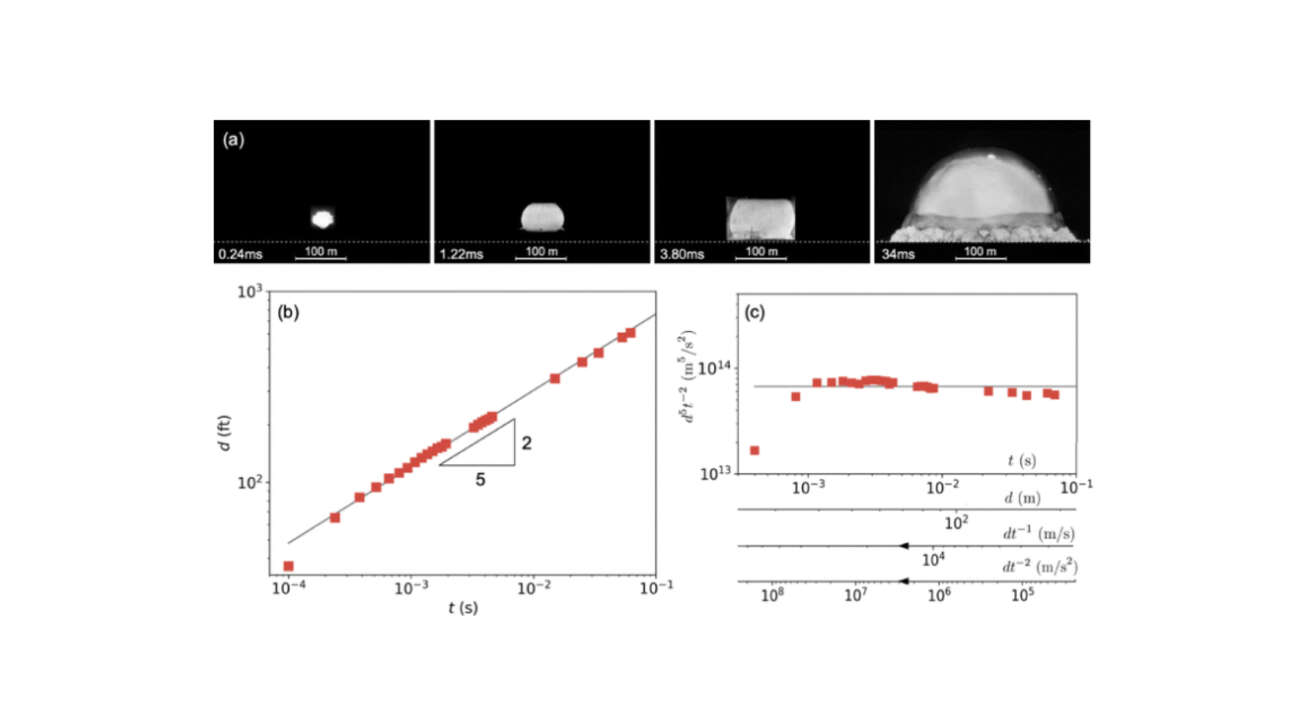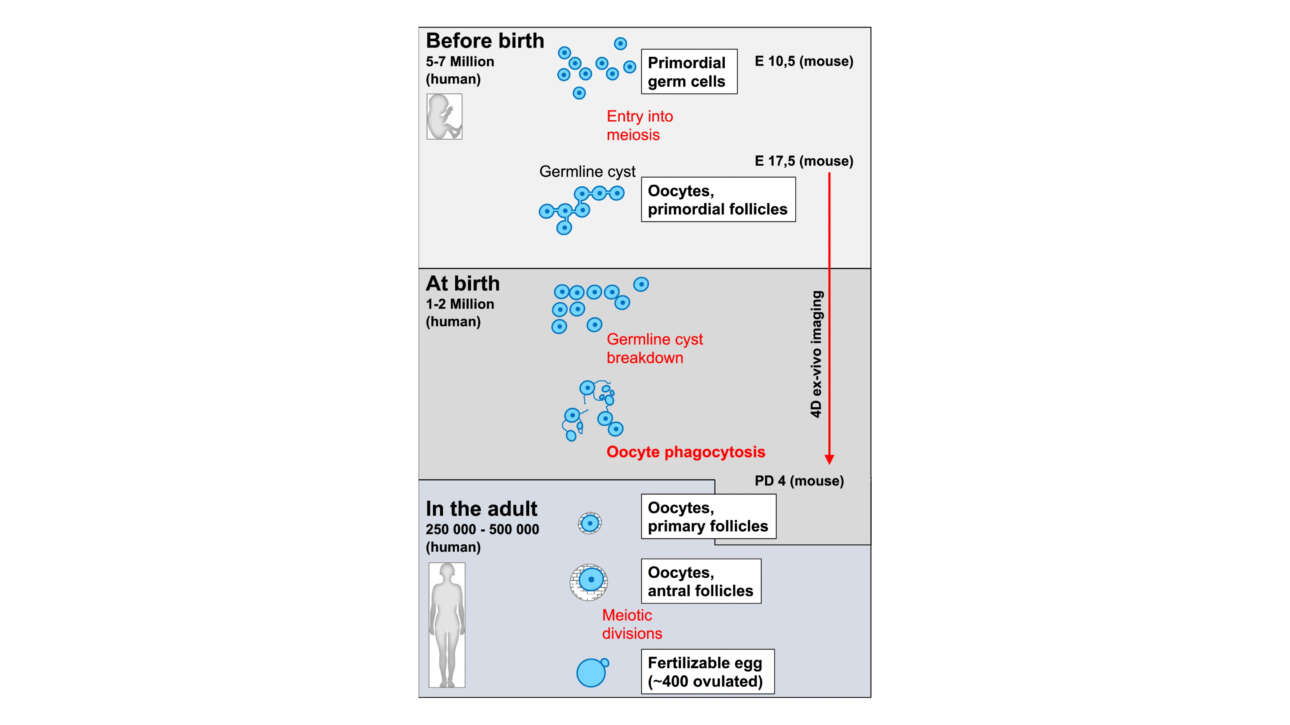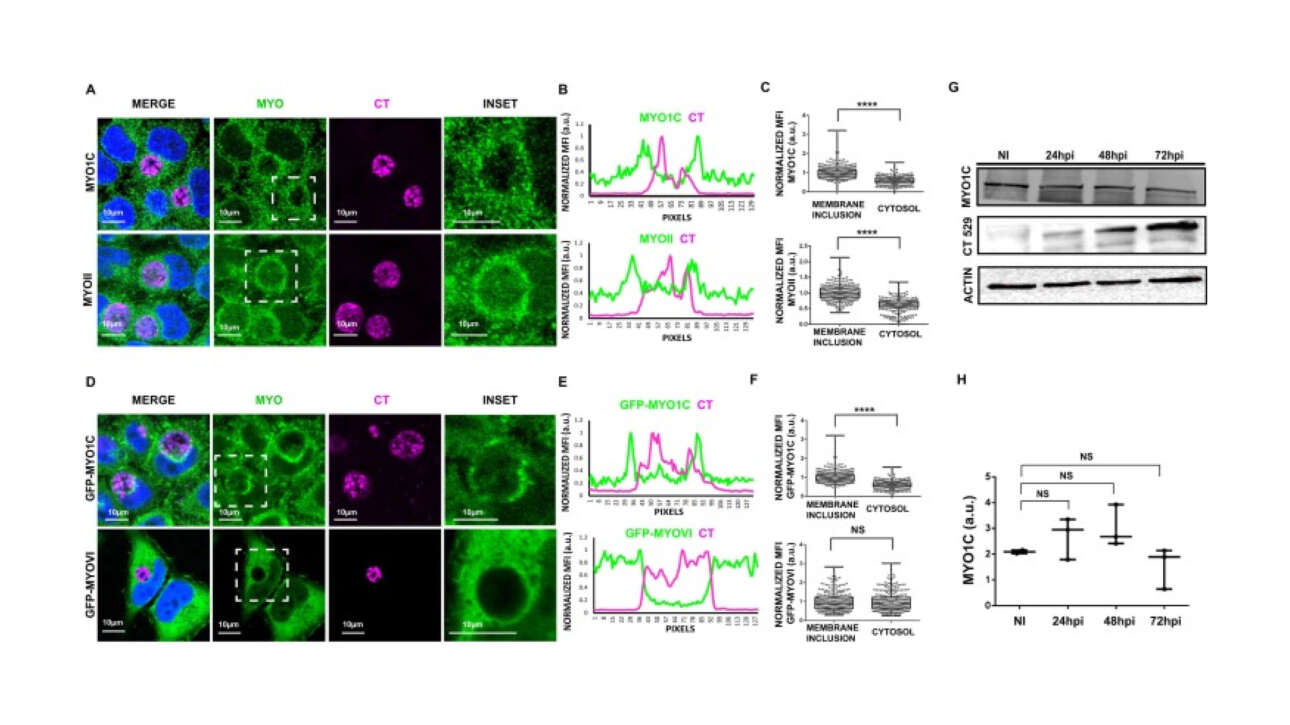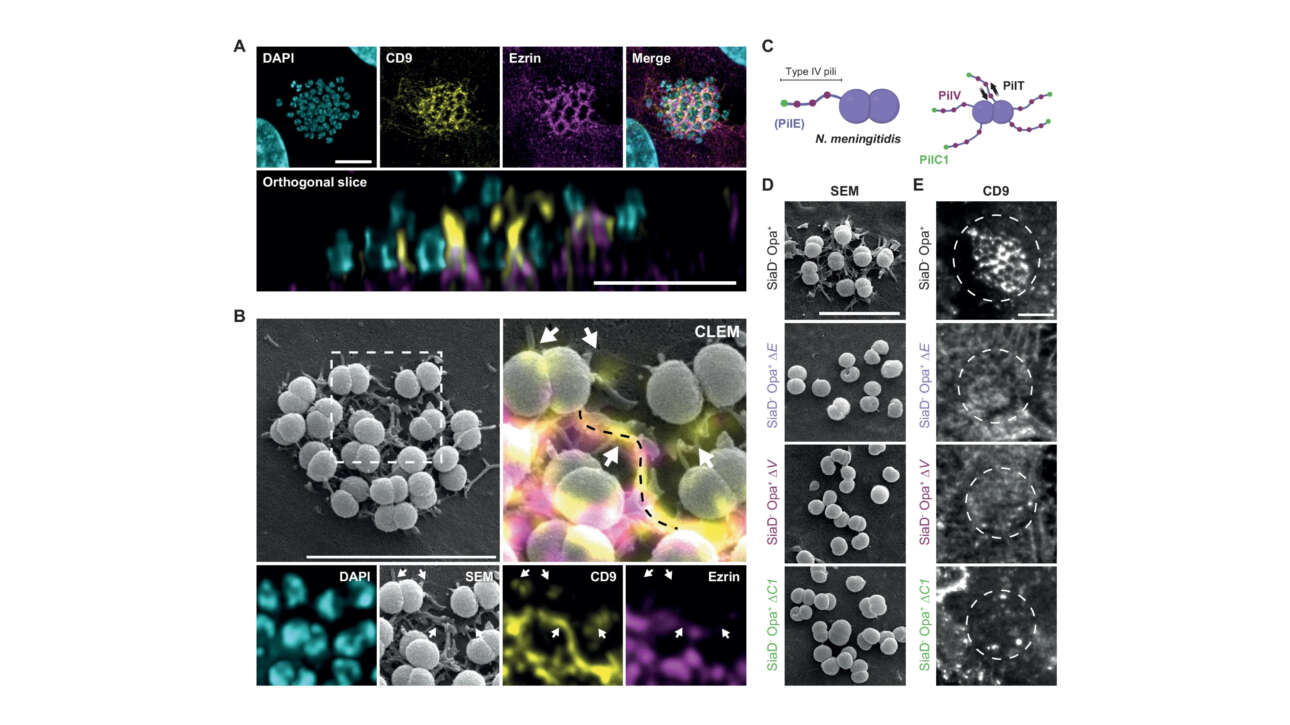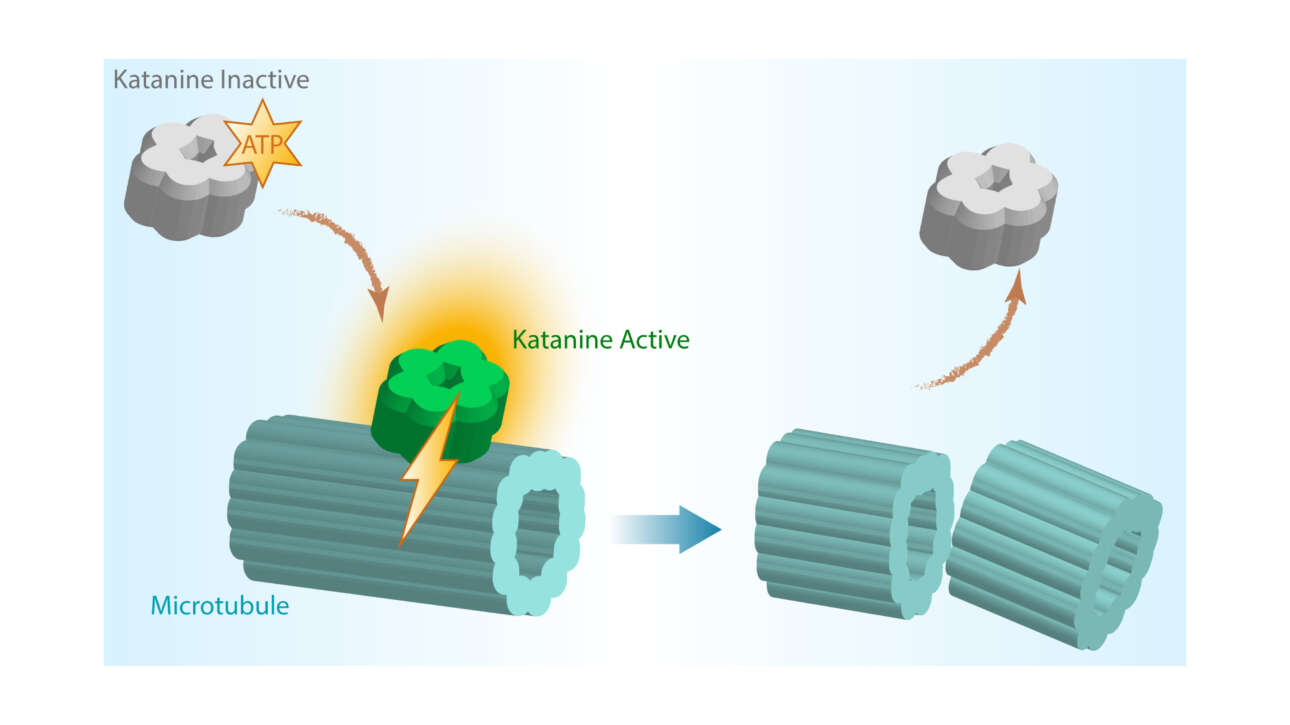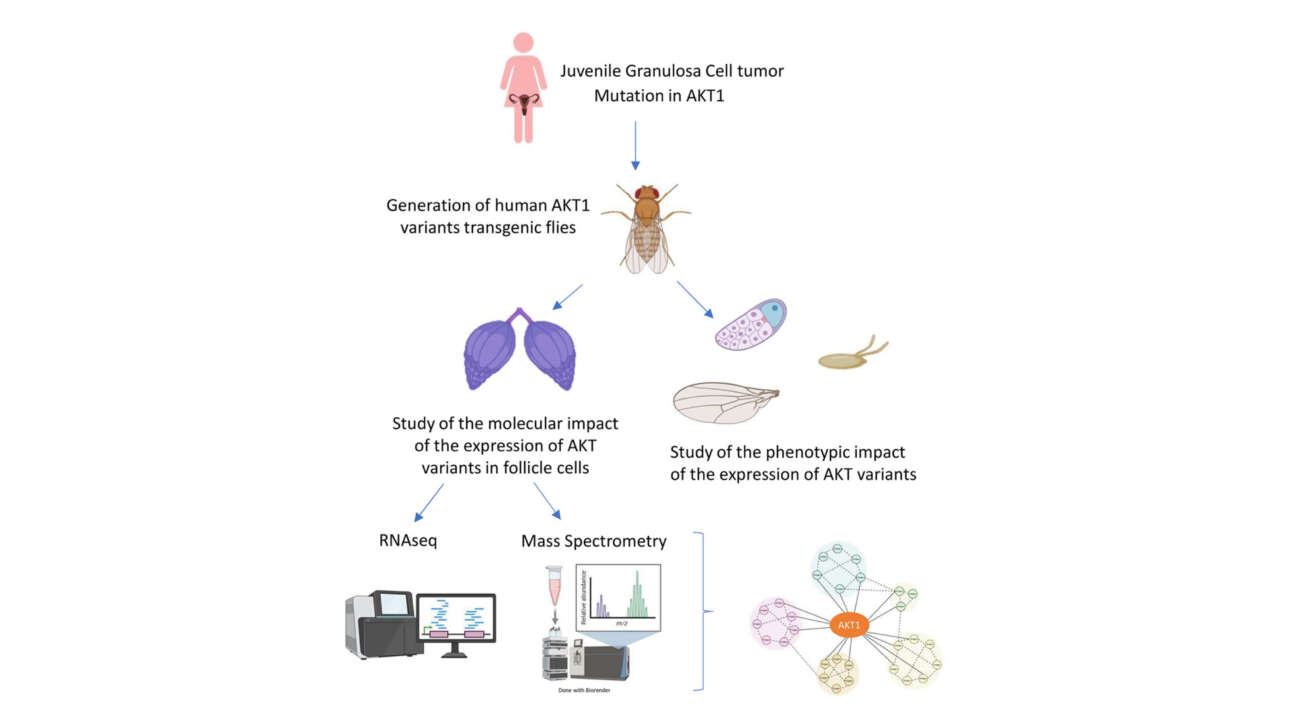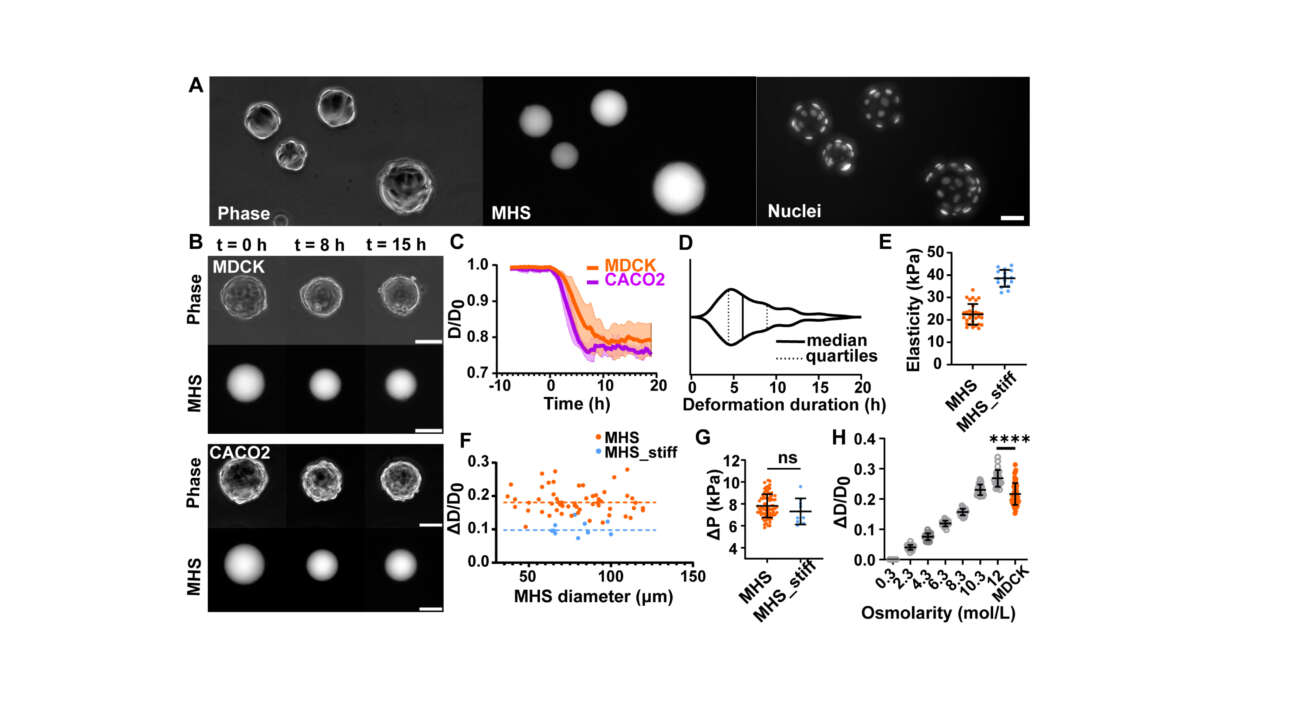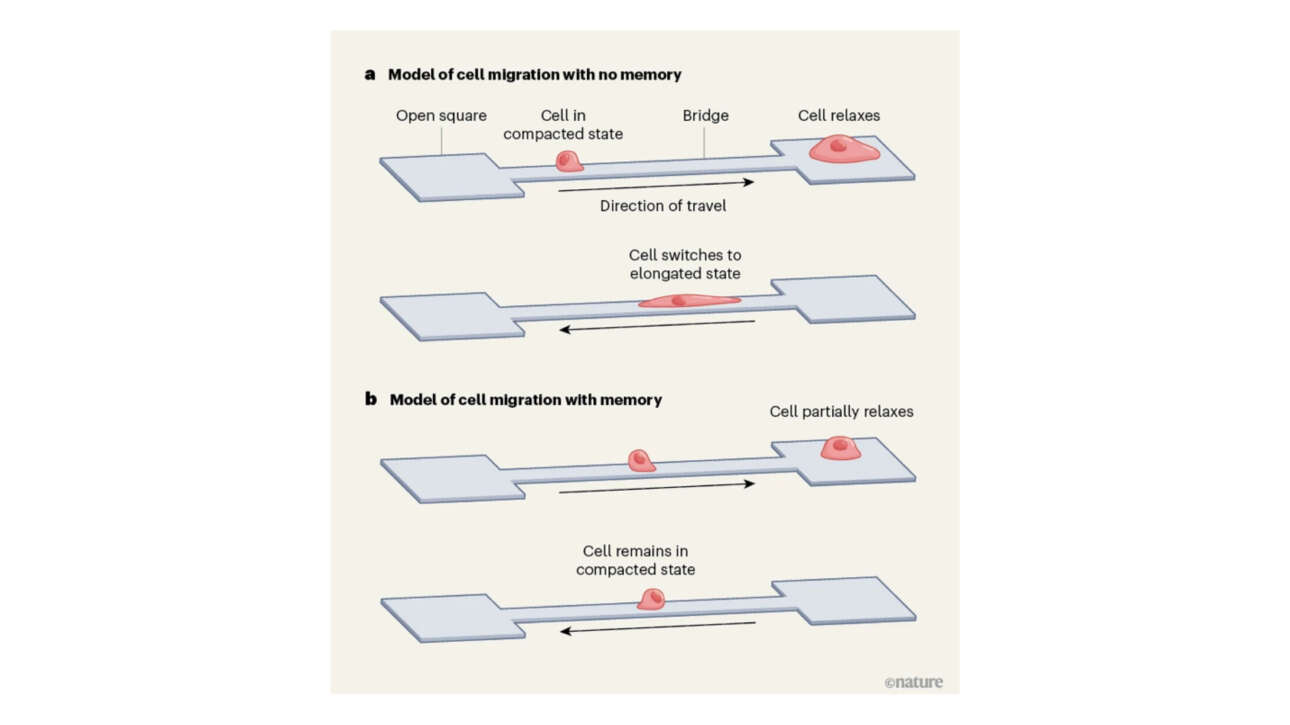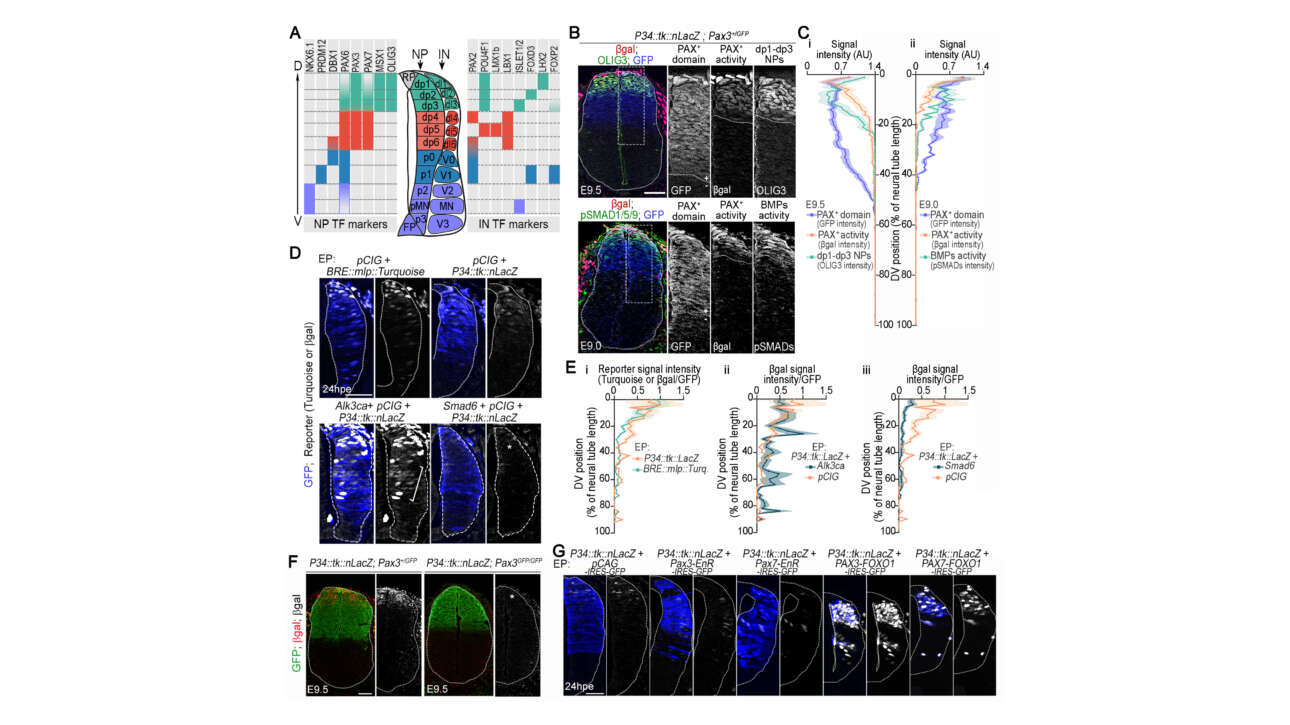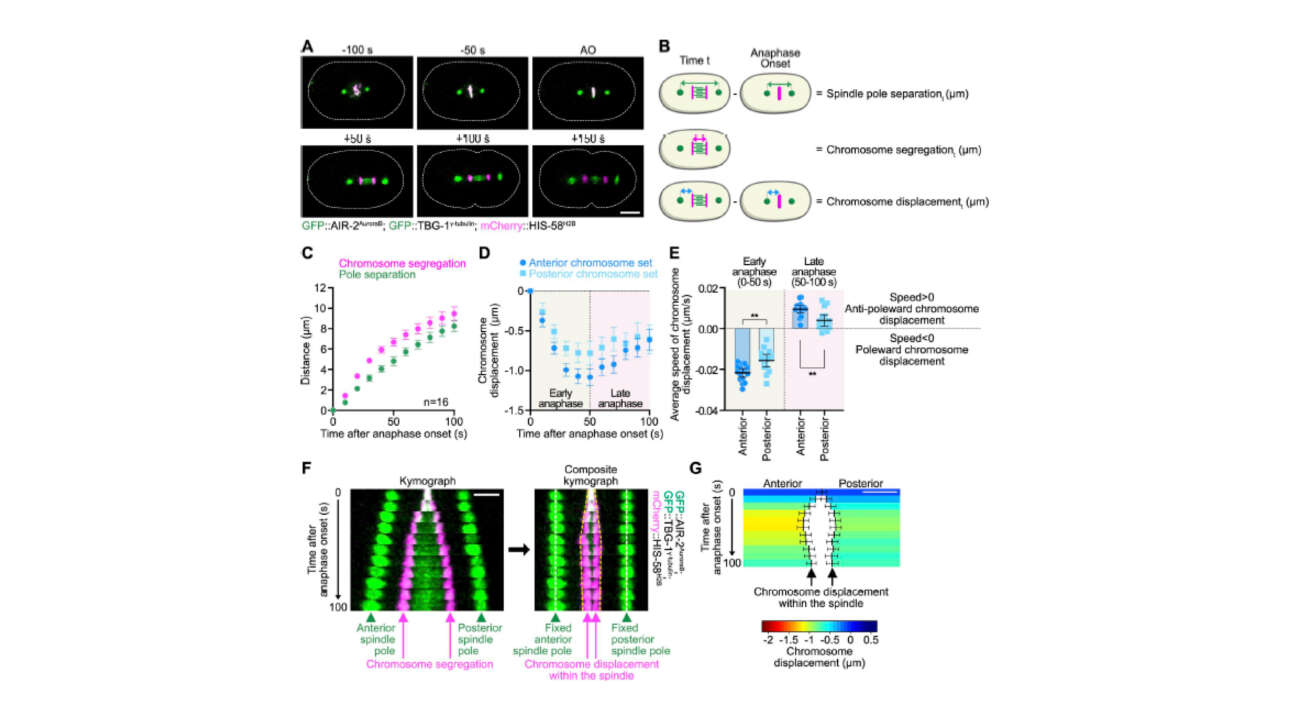L'équipe Ladoux/Mege a publié un nouvel article dans Soft Matter :
Radical scaling: beyond our feet and fingers
Résumé :
Scaling laws arise and are eulogized across disciplines from natural to social sciences for providing pithy, quantitative, ‘scale-free’, and ‘universal’ power law relationships between two variables. On a log–log plot, the power laws display as straight lines,…
